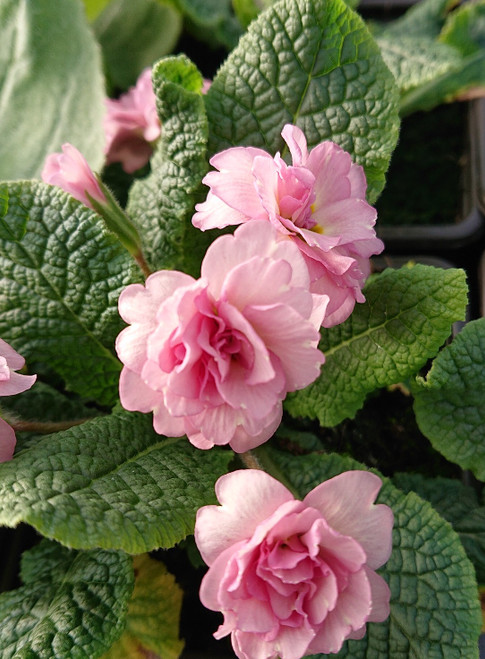Plant Overview
A very pretty perennial wild grass. This British Native 'Quaking Grass' is named after the delicate branching heads of green-purple flowers which appear to tremble or quake in the breeze.
The green-grey foliage remains short and the flower/seed heads reach up to approx 50cm from June. One of the best wild grasses for a border or can be planted in a wildflower meadow and allowed to naturalise.
Sadly this grass is not nearly as prevalent in the UK as it used to be, due to the loss of wildflower meadows.
Height: 50cm
Common names: Quaking grass, cow-quake, didder, dithering-grass, dodder-grass, doddering dillies, doddle-grass, earthquakes, jiggle-joggles, jockey-grass, lady's-hair, maidenhair-grass, pearl grass, quakers, quakers-and-shakers, shaking-grass, tottergrass, trimmling-jockies, wag-wantons (and many more)
Myth and Legend
In Wiltshire, there is a tradition that parents would tell their children that if the flower spikes of this grass should stop trembling, they would turn in to sixpences.
In some parts of the country it is said that taking the grass inside would keep mice away:
A Trimmling Jock i' t' house
And you weeant hav' a mouse
It is said that cows would never stand on or eat quaking grass.
In the past quaking grass has been used to treat ague and fevers.
Picture: Carl Axel Magnus Lindman [Public domain], via Wikimedia Commons







